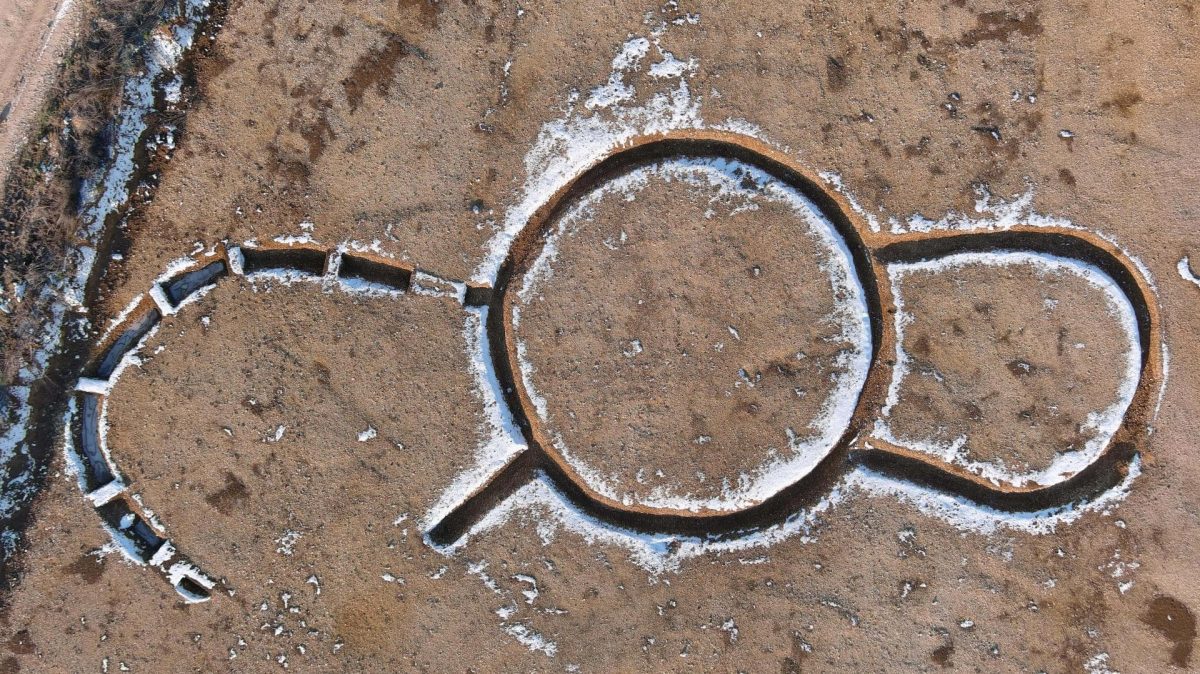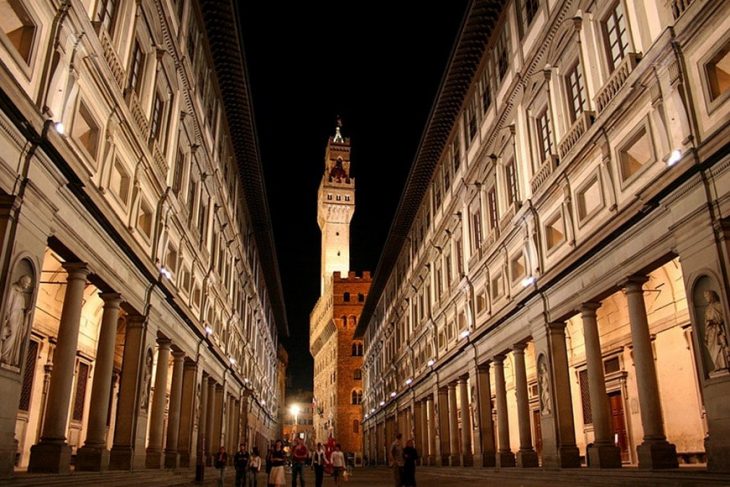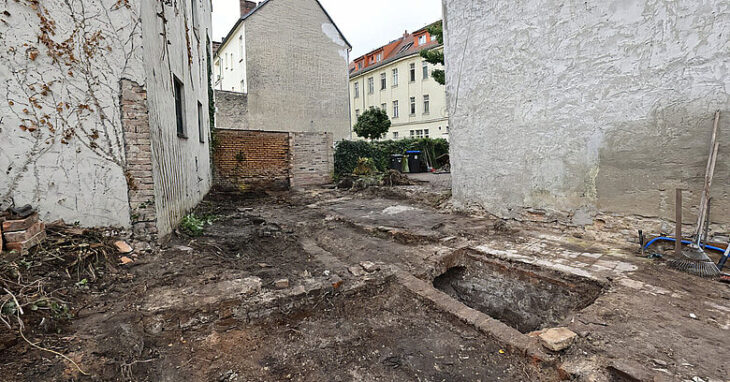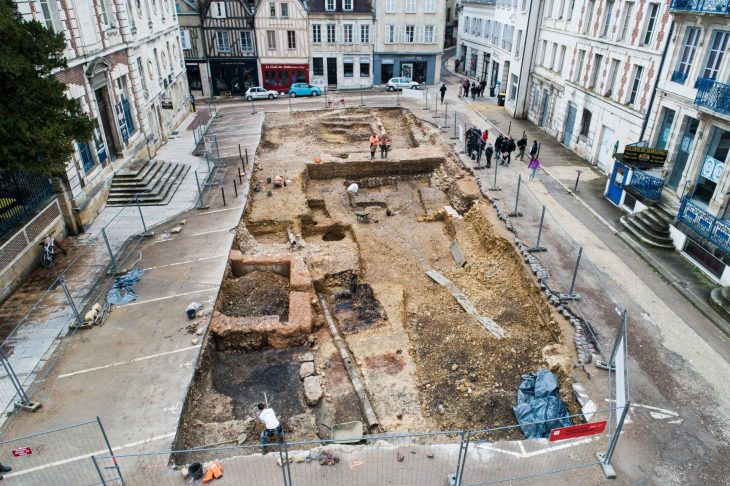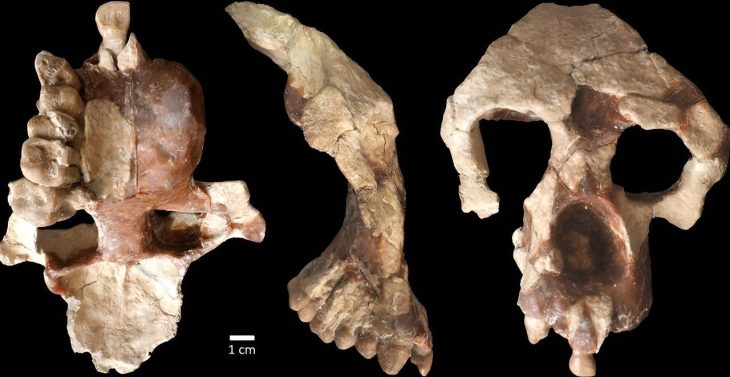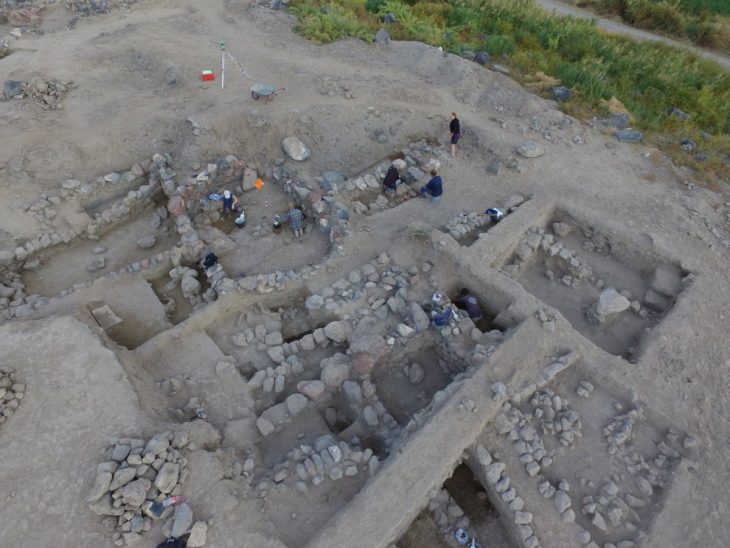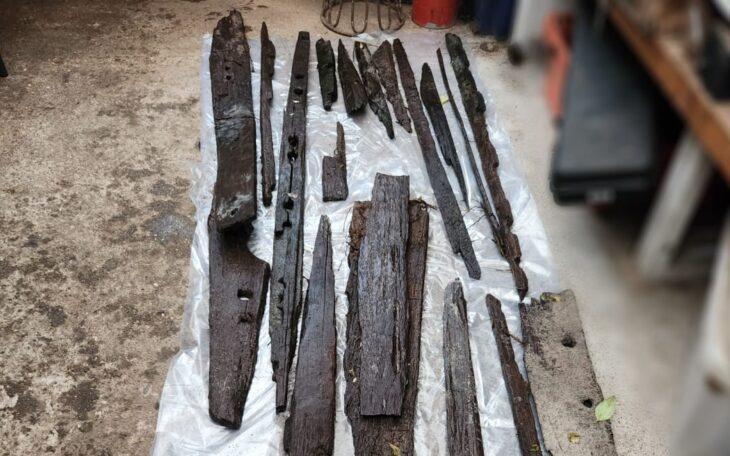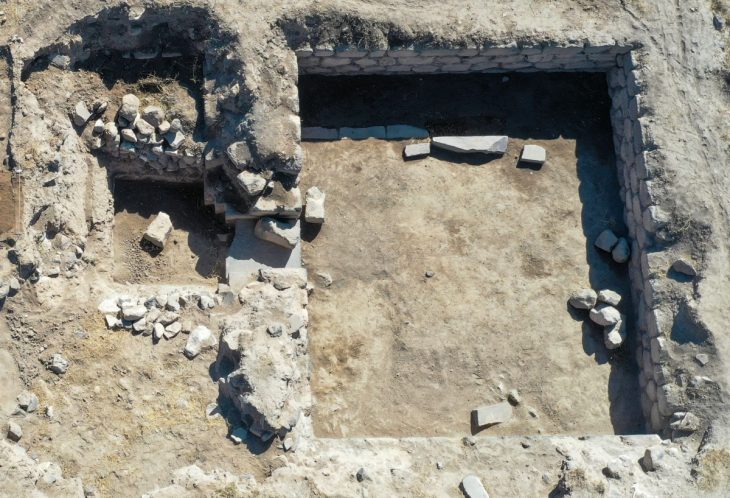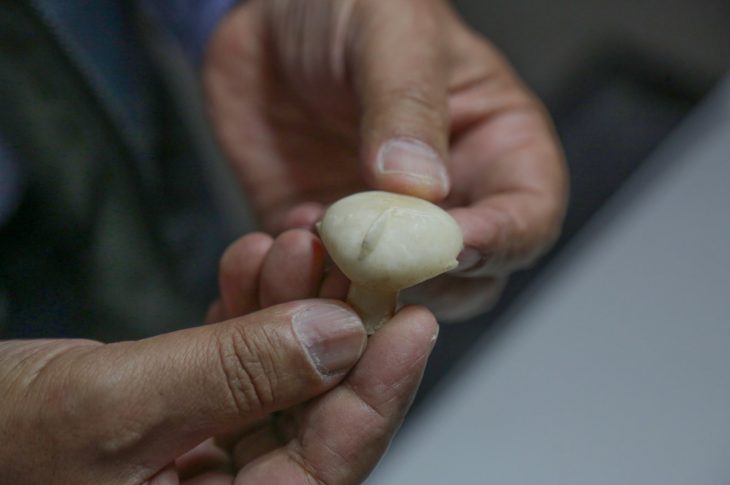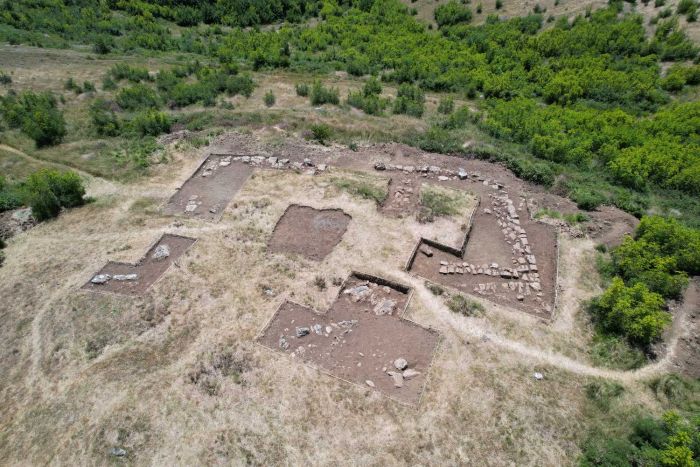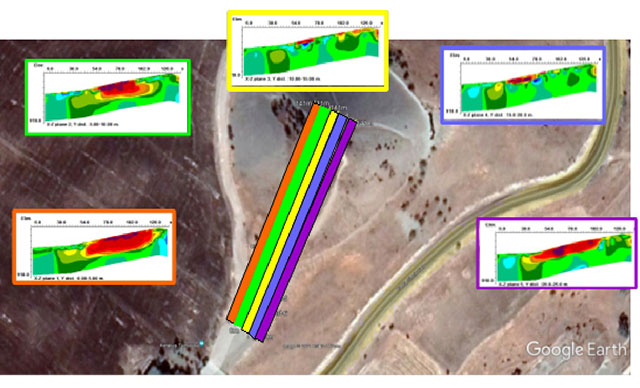Archaeologists from the French National Institute for Preventive Archaeological Research (INRAP) unearthed an unusual, prehistoric monument in the shape of a horseshoe during excavations in Marliens, a commune located about 200 miles southeast of Paris.
Inrap archaeologists carried out an excavation in Marliens, about twenty kilometers east of Dijon, before the extension of a gravel pit (Eqiom) in the Ouche valley, a tributary of the Saône.
The three areas excavated, representing a combined surface area of 60,000 m², revealed a series of occupations spanning from the Neolithic to the Early Iron Age.
Among the findings was a monument composed of three round enclosures, one of which resembles a horseshoe. At the center of the monument was a circular enclosure measuring 11 m in diameter. To the north, a horseshoe-shaped enclosure 8 m long adjoined the circular enclosure, and to the south, an open enclosure adjoined the central enclosure. The presence of a layer of gravel in the fill of the two side enclosures indicates the existence of a palisade. The different stratigraphic sections indicate that the three enclosures are contemporary.
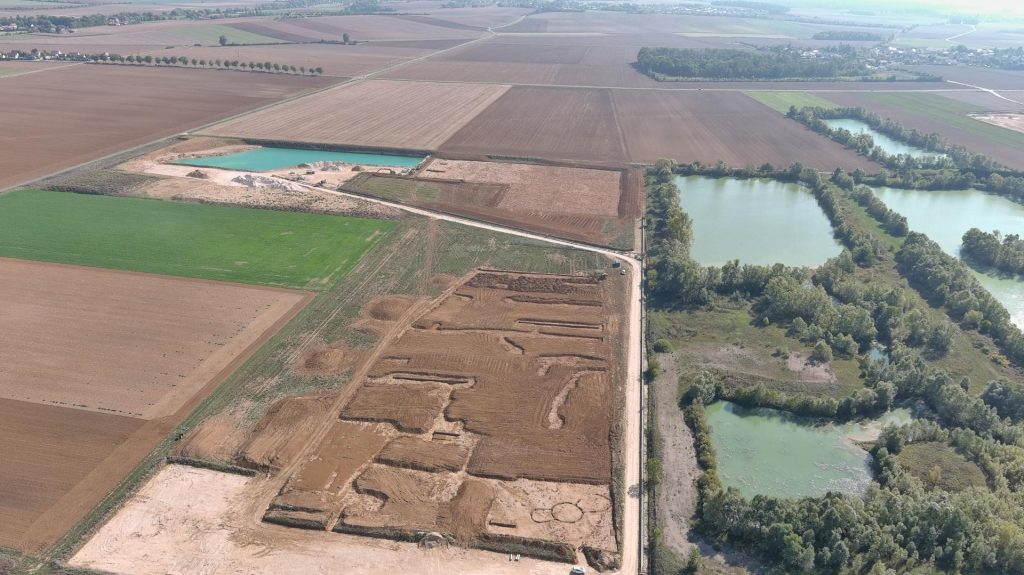
The structure has no known parallel, and researchers are not sure how old it is or what it might have been used for, INRAP officials said. However, some flint artifacts were discovered nearby, indicating it might have been constructed sometime in the Neolithic period, which began around 7000 B.C. in Europe.
📣 Our WhatsApp channel is now LIVE! Stay up-to-date with the latest news and updates, just click here to follow us on WhatsApp and never miss a thing!!
Experts are awaiting the results of radiocarbon analysis to determine the precise chronology of the monument.
Additionally, numerous artifacts connected to the Bell Beaker period, which began approximately 4,500 years ago, were discovered nearby. Among these were seven flint arrowheads, a pair of archer’s armbands, a flint lighter, and a copper alloy dagger, officials said.
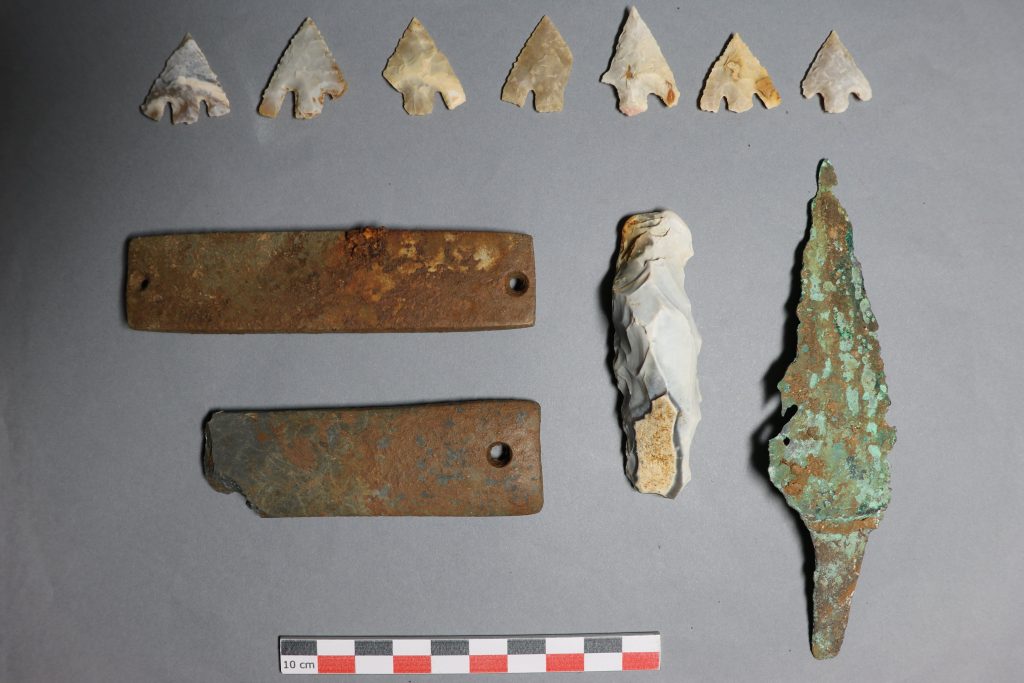
Residues of “iron oxide” corresponding to pyrite, an essential element for igniting fire, were observed on one of the bracelets. The combination of these objects often indicates a burial, but researchers weren’t able to verify this hypothesis.
Also found was a gravesite dating from between 1500 and 1300 B.C. that had five circular enclosures, one of which was sealed. According to officials, the largest enclosure held the remnants of a funeral pyre. Nearby, there were also shards of ceramic and a necklace made of amber beads.
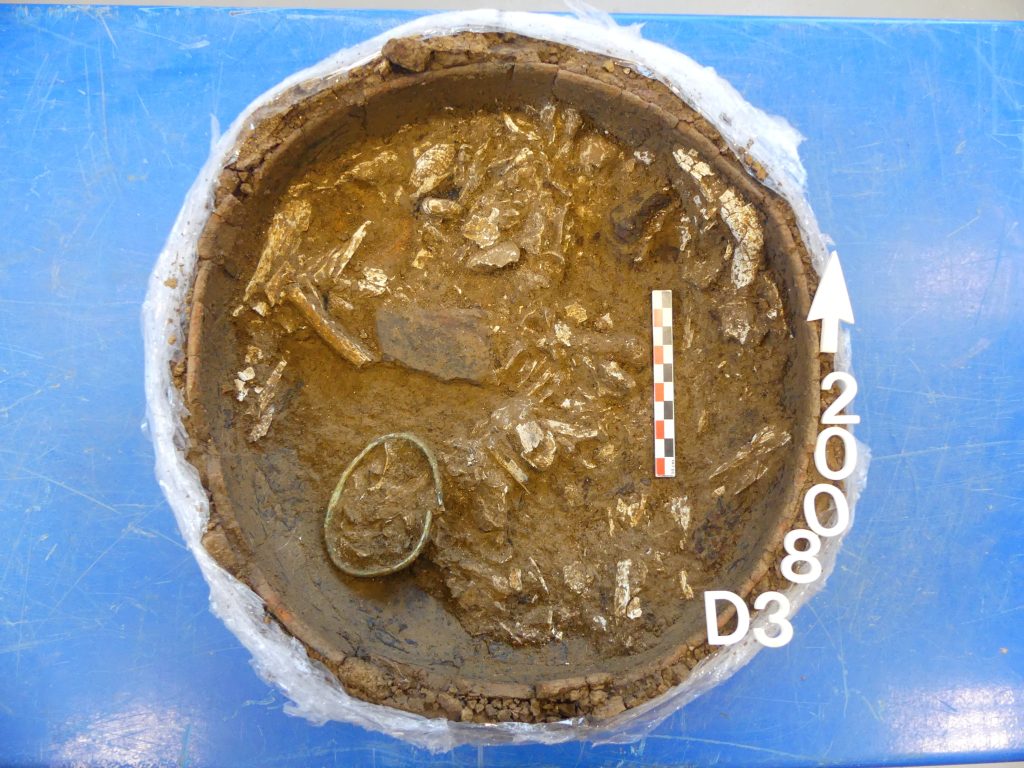
The ashes of six Iron Age cremations were found at a different gravesite some 1,300 feet distant. Additionally, a few of the urns held jewelry, like rings and bracelets.
According to the release, additional research will be done on the uncovered artifacts to learn more about their history and intended uses.
Cover Photo: Jérôme Berthet, Inrap

